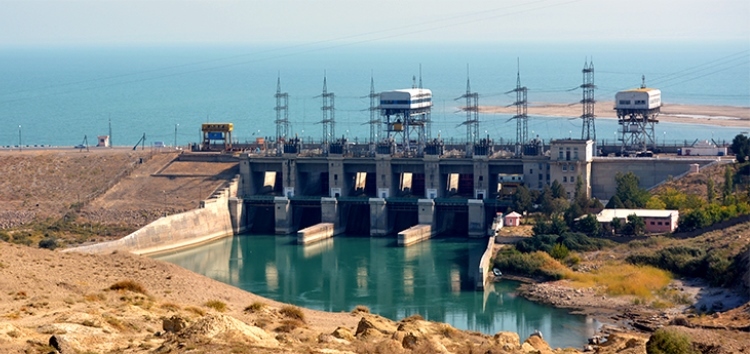EBRD and GCF invest in hydro power in Tajikistan
The EBRD and the Green Climate Fund (GCF) are providing a US$ 88 million financing package to complete the rehabilitation of the Qairokkum hydro power plant (QHPP) to support Tajikistan improve its electricity supply.
The loan will complete an ambitious programme of investment that was commenced in 2014 with financing from the EBRD, Austria and the United Kingdom and the Climate Investment Funds’ Pilot Programme for Climate Resilience. The government of Austria is again funding technical cooperation support.

The new financing will fund the second and final phase of the rehabilitation and modernisation of the 60-year old QHPP which provides electricity to 500,000 people. Measures will include concrete dam works and the installation of hydraulic steel components, turbines and electromechanical equipment for the four hydropower units.
The full rehabilitation will increase the plant’s installed capacity from the current 126 MW to 174 MW. The upgrade will introduce innovative climate resilience measures enabling the plant to cope with the expected impact of climate change on the hydrology of the country.
It will also build the capacity of the Tajik hydropower operator to anticipate, assess and manage climate-related risks by introducing best international practices from leading countries such as Canada.
Tajikistan is one of the countries most vulnerable to climate change. Its glacial hydrology and, by extension, its hydropower sector are highly sensitive to the impacts of climate change and the project offers a model of how carefully designed investments can make hydropower more resilient.
To date, the EBRD has invested about €600 million (US$ 700 million equivalent) in various sectors of Tajikistan’s economy. Moreover, the EBRD is supporting Tajikistan’s effort in adapting to the effects of climate change.
For example, with its CLIMADAPT credit line, the EBRD is collaborating with local banks to provide loans to farmers, small businesses and households to finance technologies for energy and water efficiency and sustainable land management to improve the use of climate-vulnerable resources.
